Discontent continues to intensify in Alberta in the wake of a provincial government decision to scrap a decades-old coal policy.

The 1976 policy protected parts of the Rocky Mountains from coal development and exploration. The policy cancellation means there is potential for open-pit mining in areas where it was once banned.
The areas previously protected are known as Category 2, and include important headwaters that provide drinking water for millions of Albertans downstream. Those in opposition to coal mine development feel the risk to the environment is too high.
People working and living in B.C.’s Elk Valley said their reality should serve as a foreshadowing to Alberta.
The Elk Valley is home to four coal mines, all owned by Teck Resources. Mining began in the area over a century ago.
Sparwood Mayor David Wilks said without the industry, some of the towns would cease to exist.
“We wouldn’t be here, plain and simple,” Wilks said. “Mining has been here for so long.”
“Are there impacts? Of course, the most visible being that you’re blowing up a mountain, but it’s an accepted way of life here.”
He admits striking a balance with the surrounding landscape isn’t perfect, but said there’s “a give and take” because it provides for thousands of jobs in the area.
“It’s a big economic engine,” Wilks said. “We enjoy our mining and do it as sustainable and environmentally friendly as we can and until we find a replacement for coal. It’s required to make steel, that’s the way it is, sorry.”
He’s aware of critics who say the mines are a concerning source of pollution to the area’s waterways.
“There isn’t a mining company in Canada that says: ‘Hey let’s see how much we can destroy today,'” Wilks said. “They have to fall within the constraints of environmental assessments whether that’s federally or provincially and if it’s approved the fight isn’t with mining company it’s with federal or provincial government who approved the process to begin with.”

Randal Macnair is the former mayor of Fernie. He now works for Wildsight, a non-profit environmental organization. He’s convinced the coal industry in the Elk Valley has hit a critical limit.
“The region is referred to as the ‘Crown of the Continent’, it has one of the most important wildlife corridors on the planet,” Macnair said. “Right now there’s four existing mines in the middle of it, four more proposed on the BC side and four on the Alberta side.”
“When is enough enough?”
He said Alberta should do what they can to stop coal mining in environmentally-sensitive areas.
“We have some of the cleanest water in the world, why make decision that would impact that — not decades or centuries, but literally millennia,” Macnair said.
“The world is changing. Why would you start a sunset industry with serious environmental impacts? The Elk Valley has to reinvent itself over next 20 to 40 years. We are going to be looking at the end. Why would Alberta look at the beginning?

Get breaking National news
“It is going to be a problem for water long after all of us are gone, after Teck is gone — long after the last piece of coal is mined out of these valleys,” Macnair said.
The process of mining is considered intense and can be potentially toxic. Massive machines remove mountain tops and layers of rock to expose coal seams.
The waste rock, or rubble, is trucked down into the valley near headwaters of streams and rivers. Selenium in those rocks leaches into the waterways.
Selenium is a naturally-occurring element, but it can be poisonous at higher levels. It’s why there’s so much focus on a piece of property in Sparwood.
In a statement, Alberta Energy Minister Sonya Savage told Global News that she has “listened carefully to the concerns raised by Albertans.”
“A project can only proceed if it is deemed to be in the public interest – and only under strict regulatory standards and processes that protect our air, land, water and wild species from harm,” the statement read.
“Environment and Parks Minister Jason Nixon and I are also considering other options to clarify government’s approach and demonstrate the stringent environmental protections that remain in place.”
The Elk River Lodge is not far from one of the metallurgical mines owned by Teck resources.
Jason Trochessett purchased the 100-acre property over 20 years ago. He lives in Florida and stays there when he can. He also rents it out to visitors from around the world.
“It deeply saddens me to see what’s happening and how it’s being destroyed on a rapid pace and something that is irreplaceable,” Trochessett said.

He’s passionate about protecting what’s left.
“Is it something I would die for? Absolutely,” Trochessett said.
“How do you value a mountain or a grizzly bear or native cutthroat trout? That value being gone for eternity is an enormous cost.”
The rivers in the area have world-class fishing and he suggested provinces invest in eco-tourism and the jobs that come with that industry instead of mining.
“There are better solutions to create sustainable jobs without the horrific permanent cost that far exceed any benefit from destroying the most precious beautiful place in the world,” Trochessett said. “We must learn from our mistakes as people and change course before it’s too late.
“The Canadian Rockies is our last stand as a human race. We must protect it for ourselves.”
Researchers have documented the impacts on the fish. Between 2017 and 2019, the population of the cutthroat trout was threatened, nearly collapsing entirely in the two year span. Some that survived are deformed and have missing gill plates.
“The cutthroat are the canaries in the coal mine, when they start dying it’s bad and the health aspects are horrible and being ignored,” Trochessett said.
Teck installed special equipment at the Elk River Lodge after their water well became polluted with selenium. Bill Hanlon, the caretaker of the property, said Teck tests their water quarterly.
“The Elk River Lodge is the epicenter of the selenium issue. I’ve worked with Teck to mitigate effects of selenium and we have had the highest selenium levels in the valley in our drinking water,” Hanlon said. “Teck provided us with water softener system that has a resin in it that removes selenium out of the water.”
He said he’s concerned about a thick black residue coating surfaces outside and inside the home.
“I’ve sent Teck these pictures. It doesn’t come off your hands, it’s a soot more than just dust. That’s concerning. Are we breathing that?” Hanlon said.
“Teck is providing washing services that will wash your house and they are trying to identify the dust source,” Hanlon said.
Black residue after cross country skiing near property.
He’s worried about the damage to the ecosystems within the mountain ranges.
“These are forever problems that aren’t going to be mitigated when the coal mine closes down. There is a loss of land that is enormous,” Hanlon said. “They say mines are temporary but the chances of that property being reclaimed with the liabilities and hazards from rock dumps to big pools of water with mine effluents, it will never go back to public land. It’s a large loss.”
Teck Resources is a multi-billion dollar company that spent millions on mitigation and water treatment in the Elk Valley. Chris Stannell. Teck’s public relations manager said the company is committed to a high level of environmental performance.
“This includes our approach to managing water quality in the Elk Valley, where we have made significant progress implementing the Elk Valley Water Quality Plan, a long-term approach to maintaining the health of the watershed,” Stannell said in a statement to Global News.
“Two water treatment facilities have been built and are now successfully treating 17.5 million litres of water per day. Further treatment facilities will be completed in the months ahead and in 2021 we plan to have capacity to treat 47.5 million litres per day,” Stannell said.
Lars Sander-Green is the mining lead for Wildsight and has been conducting independent water tests, analyzing selenium levels.
“It’s pretty bad. In the areas near the mines, there’s levels 100 times what’s considered safe for fish,” Sander-Green said.
He said there’s evidence of it far beyond the mines.
“Not just here in Lake Koocanusa where we are 150 kilometers downstream, but we have water pollution 400 kilometers downstream in Montana and Idaho,” Sander-Green said.
He’s skeptical of Teck’s promises to keep the environment clean.
“It’s the facts on the ground that speak for themselves and pollution levels are dangerous and there is no plan to deal with that long-term,” Sander-Green said.
“What we’ve seen in B.C. is you can have as many regulations and as make as many promises as you like but unless they can fundamentally deal with this pollution problem you will be facing centuries of pollution and there is no clear way around that.”



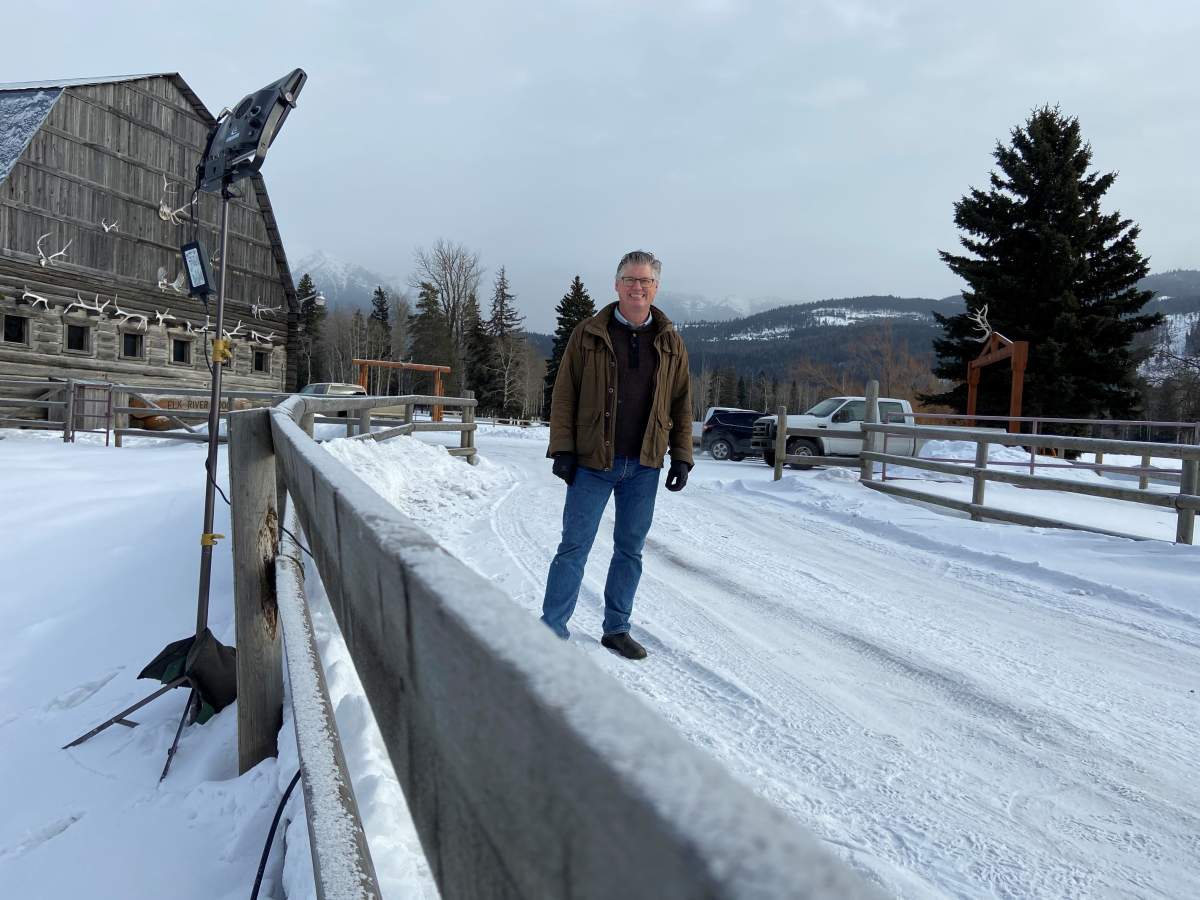

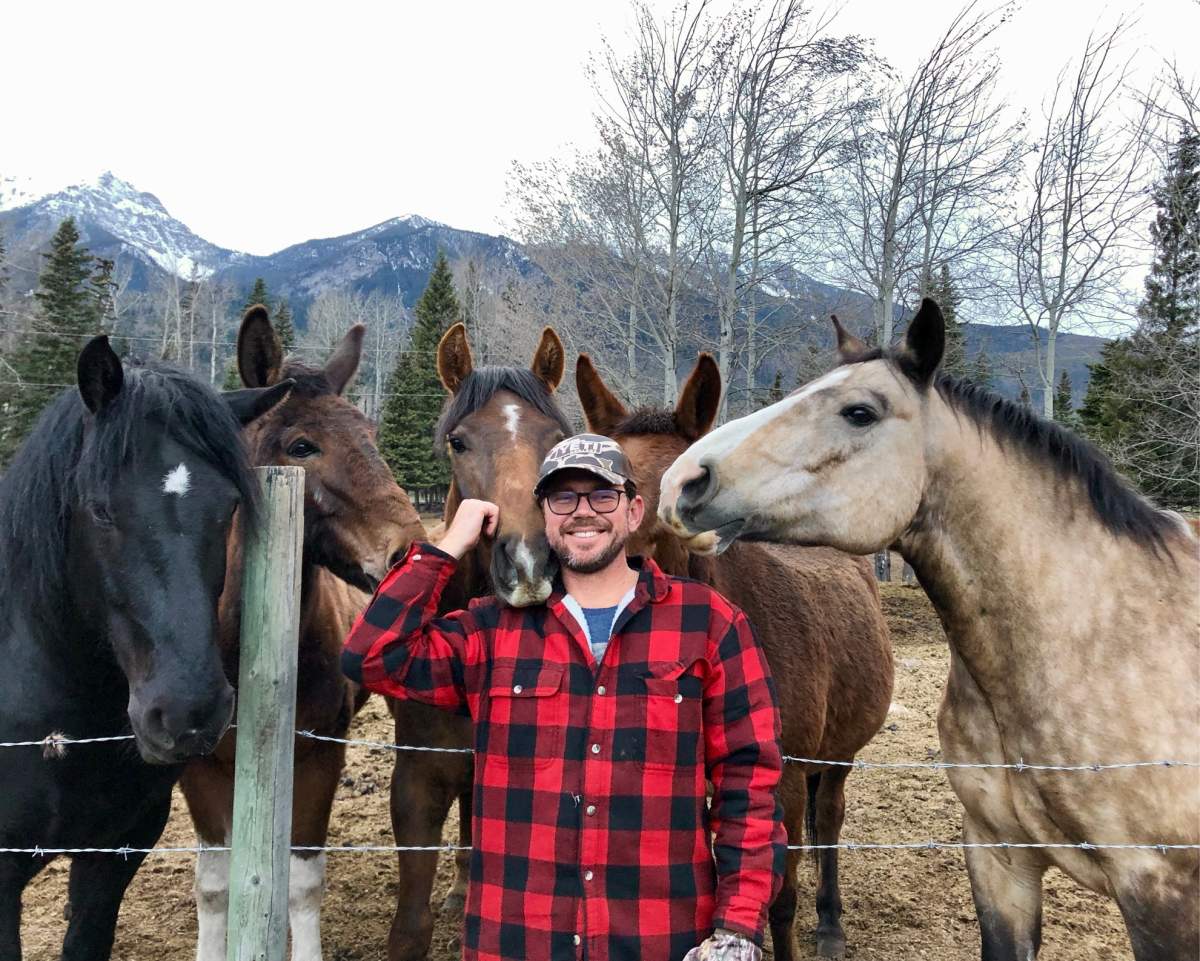
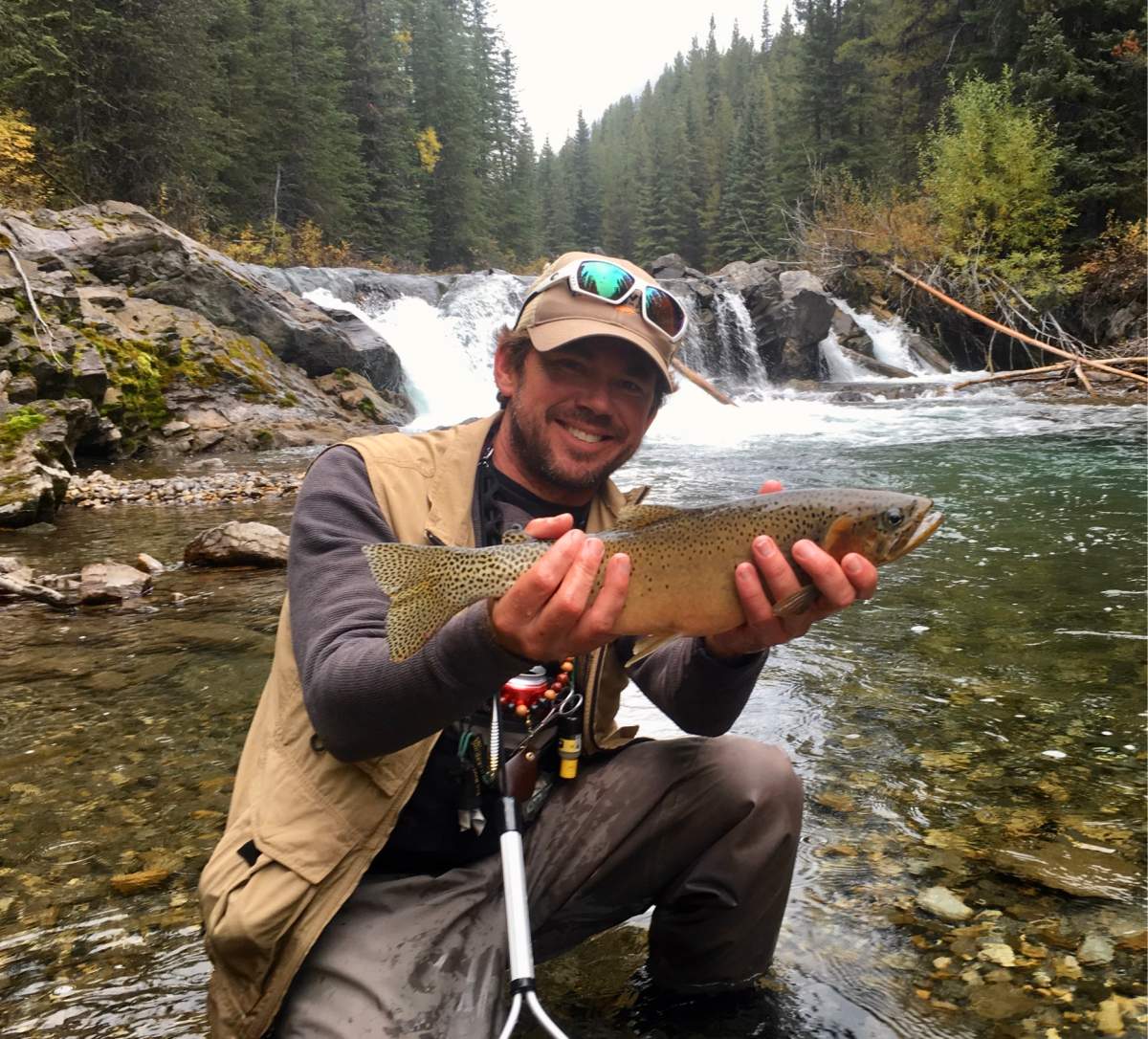
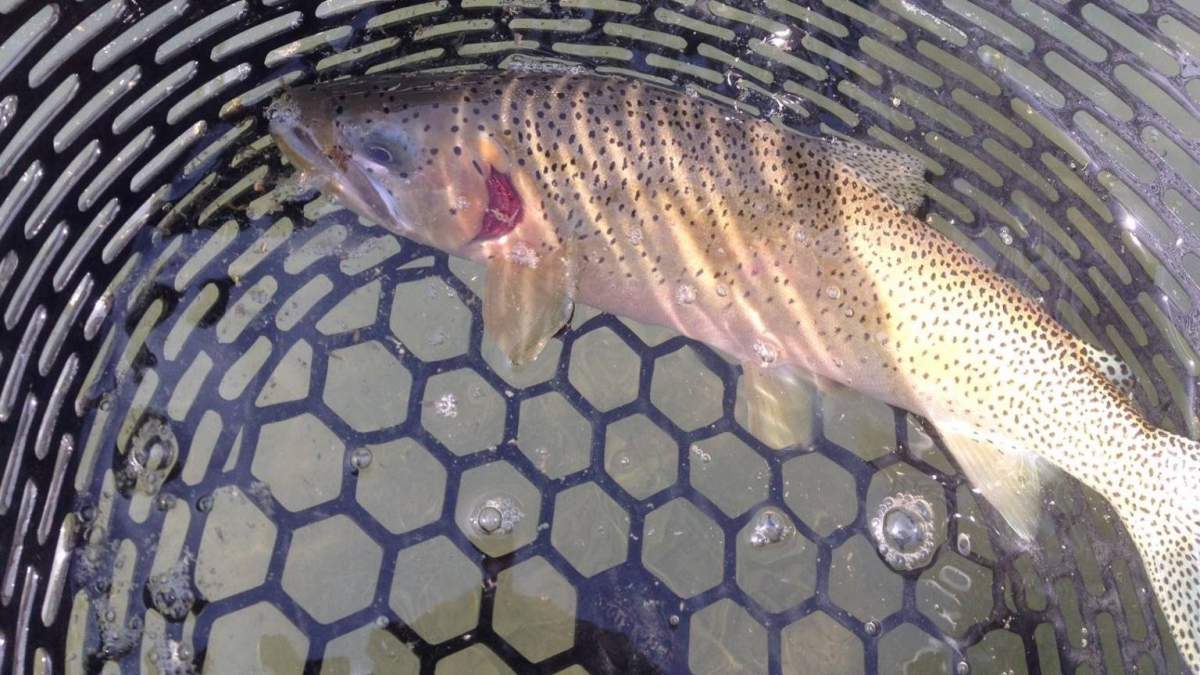
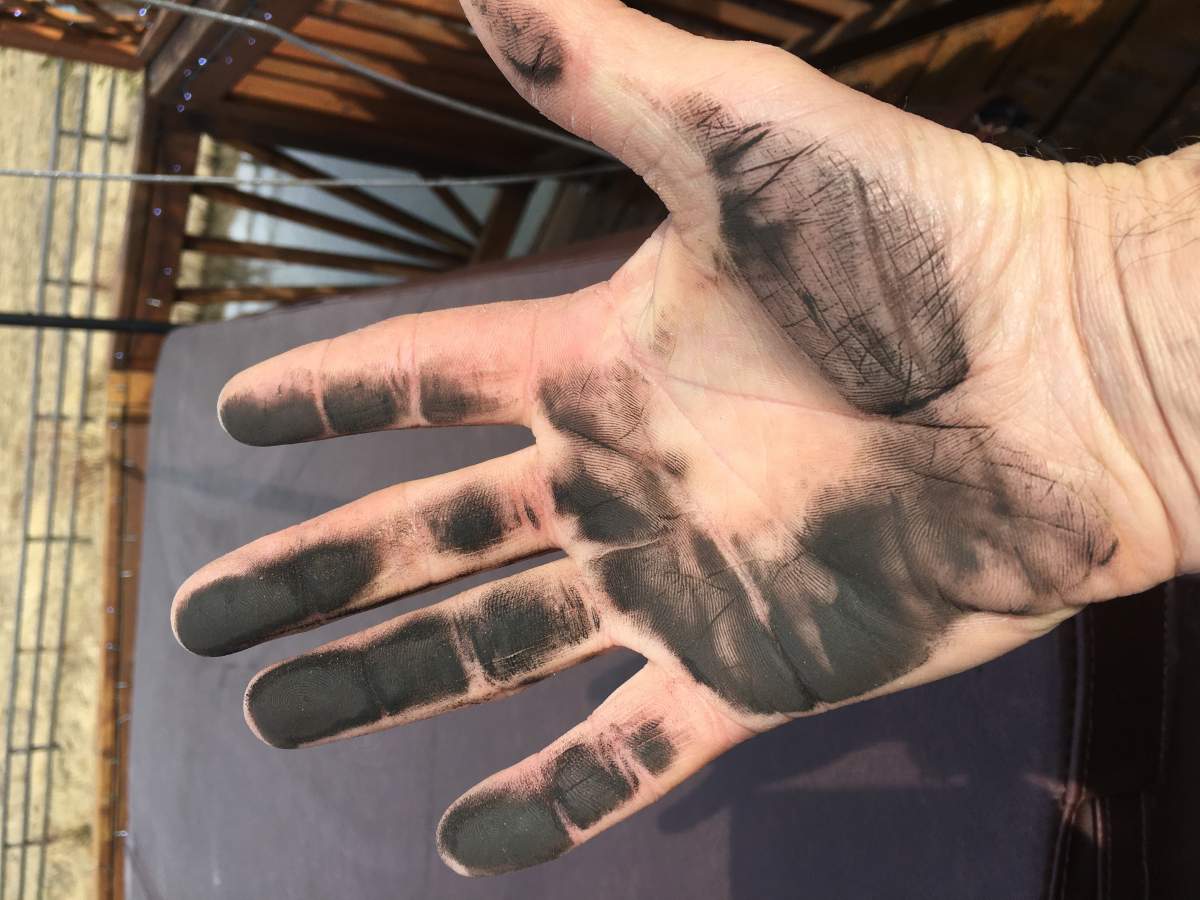
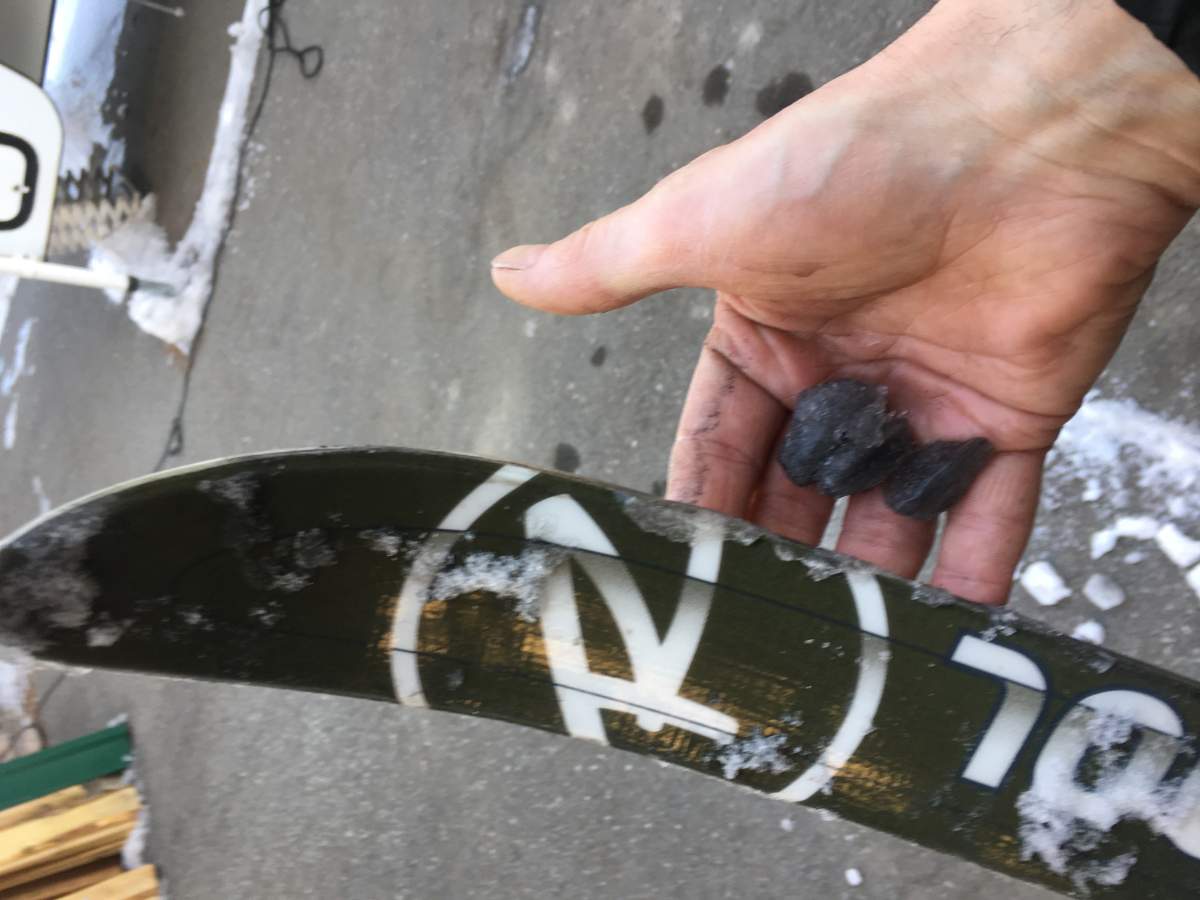


Comments